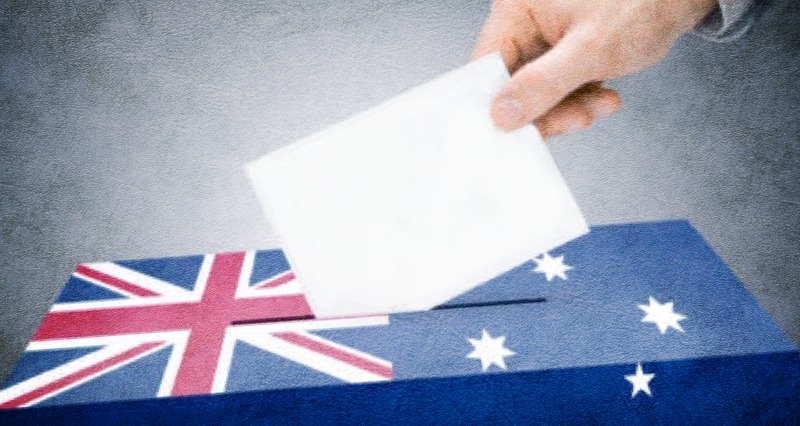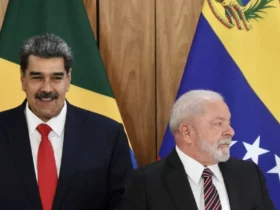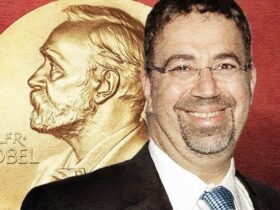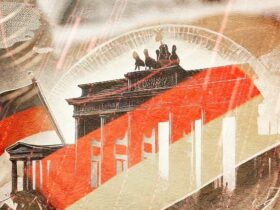The ruling conservative Liberal-National coalition has again won the federal elections in Australia with the opposition Labor Party acknowledging defeat. Prime Minister Scott Morrison announced the victory as a victory for all the Australians who, according to him, voted for a safe future. Following the elections, Morrison will remain the head of the government for another three years.
With 70% of votes counted, the coalition had already taken 74 seats of the 76-seat majority, while Labor had won only 66
Australian opposition leader Bill Shorten concedes defeat, Morrison set to remain PM in shock election result https://t.co/Yb9ClWfTIV #australiavotes2019 pic.twitter.com/UkoaPHFQKB
— The Straits Times (@straits_times) May 18, 2019
The importance of the election
Formally, the head of Australia is considered the monarch of Great Britain, but in actuality, all matters are decided by the country’s prime minister. Morrison, whose 6 year reign has been marred controversy and criticism, told supporters he had “always believed in miracles” after his party tilted into the lead before officially declaring victory.
Election Features
Australians (all 16.5 million of them) are heavily incentivised to vote in elections. For refusing to cast their votes, citizens are forced to pay a fine, in some states in Australia they can even lose their driver’s licenses for failing to participate.
The parties
While other parties took part in the elections, the main struggle was between the two largest parties: the winning Liberal-national party, and the Labor Party, led by Bill Shorten.
In foreign policy, the Liberal Party favors of maintaining and strengthening the traditional alliances of Australia with the United States and Britain, which sometimes damages relations with its Asian neighbors.
They also favor economic liberalism. Socially, while freedom and freedom of entrepreneurship form the basis of the party’s convictions, elements fluctuate between classical liberalism and social conservatism.
The Labor party is the oldest Australian center-left political party. Its origins are in the Australian trade union movement, with which it maintains close ties. The party always had left and right wings, but since the 1970s they have formed into official factions. The largest of them are:
“Labor Unity” (right) – which supports the principles of the free market and the alliance with the US while being less sensitive to social issues; and the “Socialist Left” (left) – which advocates an increase in the government’s role in the economy and is against an alliance with the United States. It also actively raises topics on the rights of women and Aboriginal people.
Since the 1980s, the Labor Party has come closer in its views to the Liberal-national Coalition, to the point where the differences are mostly minor nuances.
The Liberal parties victory was highly unexpected, given that polls had shown Labor in the lead for at least the last two years.

















Leave a Reply